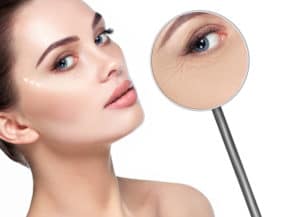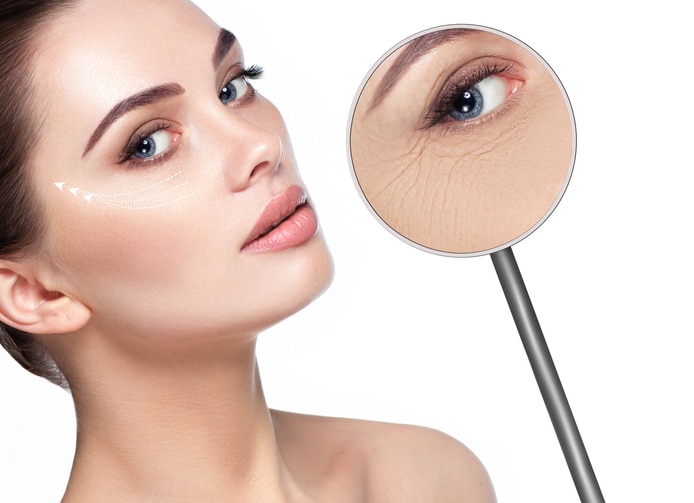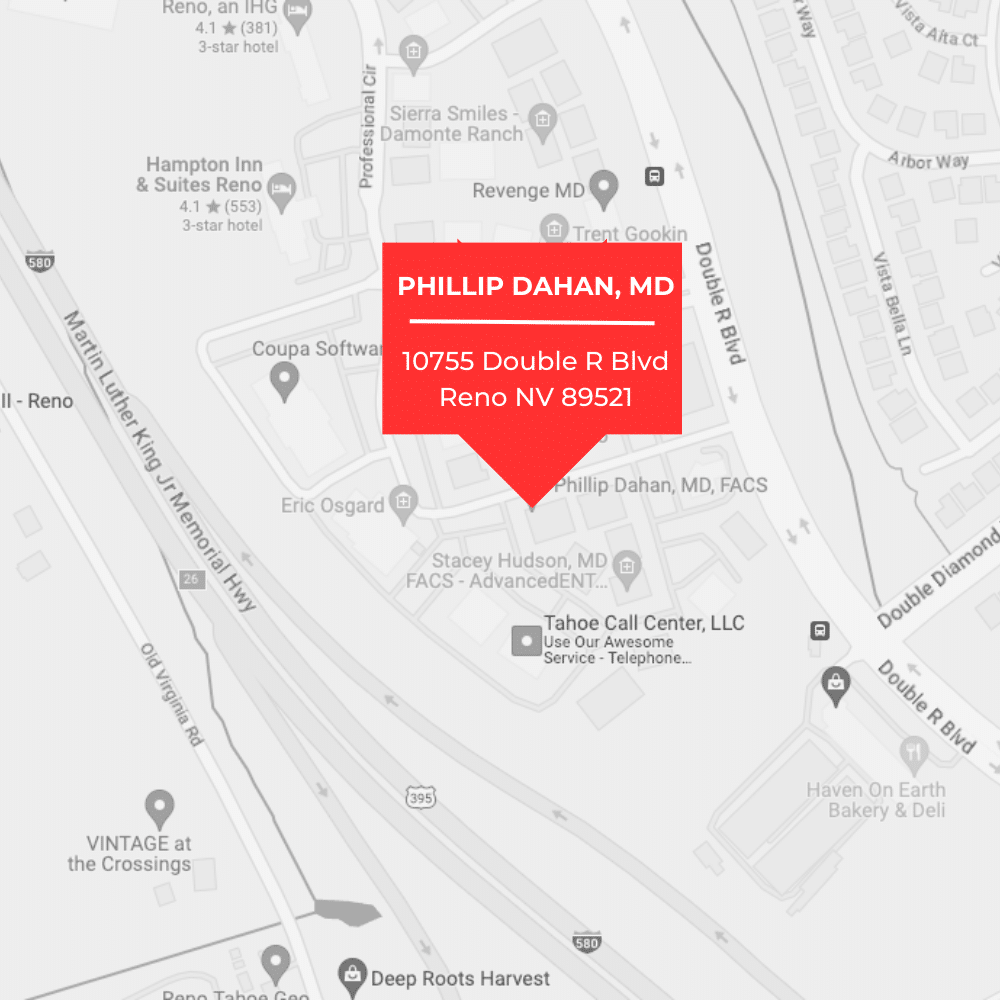
How are your upper eyelids?
The upper eyelids are composed of fat and skin. The skin changes as collagen and elastin break down. Collagen is a protein the firms the skin and elastin is the protein that makes the skin flexible and able to bounce back. Each is important to resiliency. In addition to the degradation of collagen and elastin, the upper eyelids also suffer a loss of fatty tissue that results in heaviness and sagging.
When the upper eyelids look heavy and saggy, upper blepharoplasty may be needed. This outpatient procedure is performed through tiny incisions that are hidden in the crease of the eye. Using small instruments, Dr. Dahan tightens the thin muscle of the upper eyelid and trims excess. Fat may be removed, as well, to ensure the skin lies smoothly against the tightened muscle. Finally, skin is trimmed to recreate a youthful eyelid shape.
What about your forehead?
We cannot look only at the eyes when the upper eyelids are in question. This is because the problem sometimes involves the forehead. In this uppermost region of the face, muscle and skin can pull downward. The eyebrows can fall below the upper orbital rim and push down on the upper eyelids. When the forehead is also affected by age-related tissue changes, a brow lift may either be the ideal approach or a perfect partner for upper blepharoplasty.
How are your lower eyelids?
People often notice changes to the lower eyelid area before the do their upper lids. Here, tissue that thins is unable to sufficiently hold fat pads in place. This can result in puffiness. Conversely, deflation of the fat pads under the eyes can result in hollowing. In either situation, the same techniques used on the upper eyelids can be employed to tighten muscle, redistribute fat, and smooth the skin.
Eyelid surgery is a popular procedure that achieves lasting results with minimal downtime. To learn more, schedule a consultation at our Reno office at (775) 826-4477.



